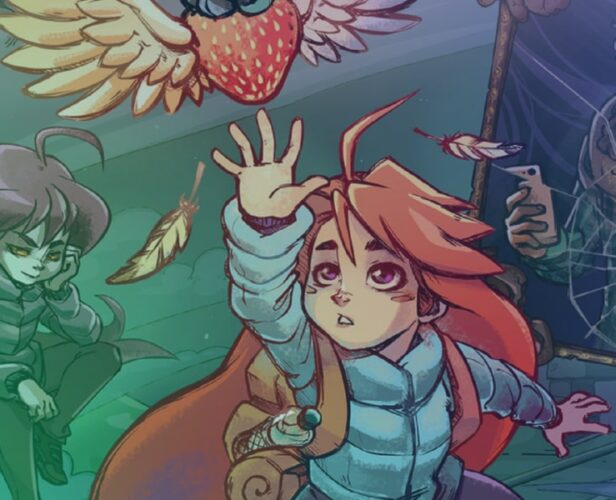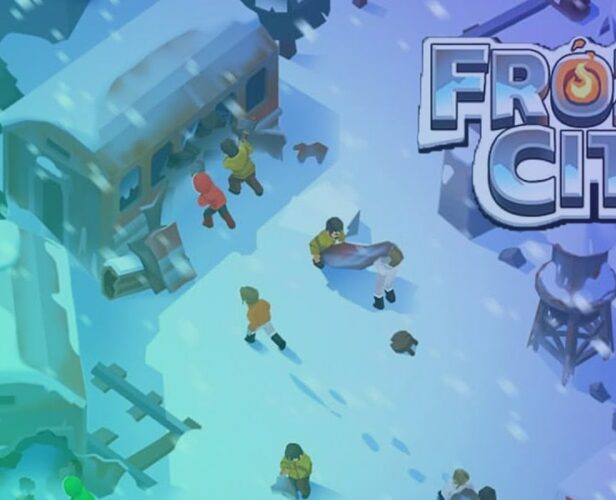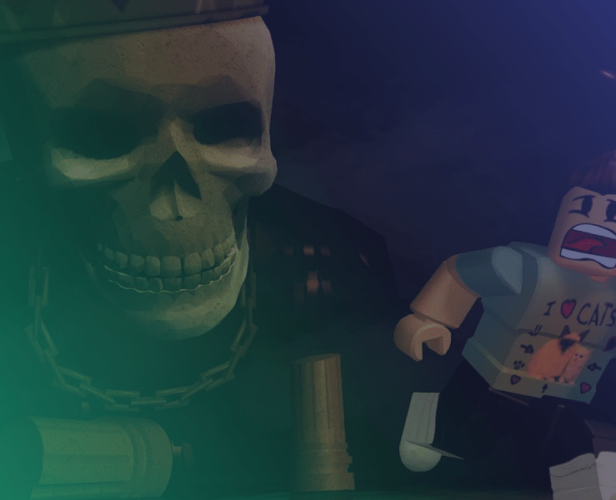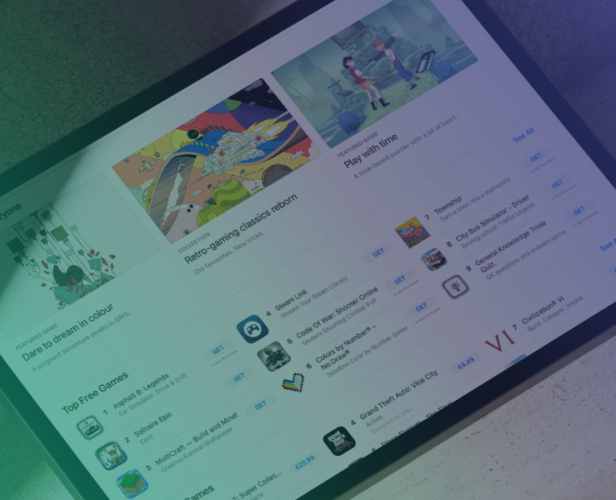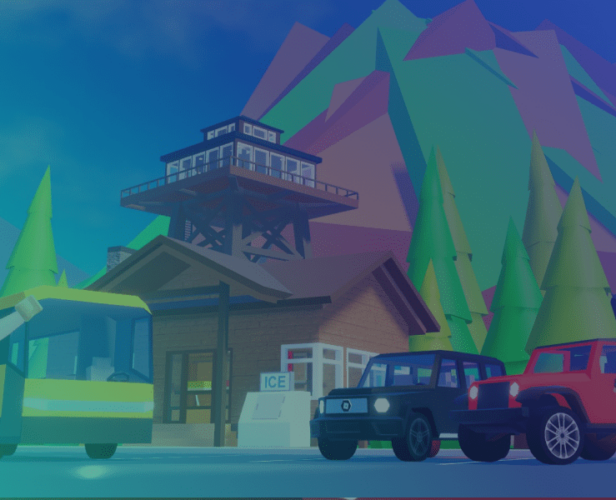Category
Strategies
#Game Design
Ship fast without regret: lessons from 15 years in mobile gaming
One of the biggest mistakes a studio or developer can make is failing to plan ahead. Teemu Haila, Co-Founder & CPO at Metaplay, talks about how launching a game with a short-term mindset can be detrimental to its long-term success and cause avoidable headaches further down the line.
#Game Design
How to write perfect dialogue trees for games
One of the key times players get to make a choice is during dialogue. But how exactly do you create and plan all those branching paths?
#Game Design
How to make your game more diverse and inclusive
How can you make your game more diverse, accessible, and inclusive? It's not only a great thing to do, but it can also open up your game to a larger audience. Here's our guide on how you can make more inclusive and diverse games.
#Data & Analytics
Making the leap from 100 players to 10 million
Anime Dimensions had Roblox’s best-rated launch in the platform’s history. We spoke to the founder and key developer of Albatross Games to discover how they managed to make such a monumental leap in just 60 days.
#Ads & Monetization
Frozen City post-IDFA global launch UA case study
In this case study, Matej Lancaric deconstructs Frozen City from Century Games, to find out how they went from $1 million a month in 2020, to $20 million a month today.
#Marketing & Publishing
Translating games: tips and best practices
Want to reach entirely new audiences and increase player engagement globally? Then let people play your game in their native language, but don’t fall into the pitfall of bad translation. Here are some examples and best practices for translating a mobile game.
#Game Design
How to build successful VR games as a solo developer
Building video games has never been a simple task. You can have a brilliant idea for a game, but without the right skills, tools and resources, it can be near-impossible to tackle by yourself. Especially if we consider something as complicated and new as virtual reality. Not that this stopped Sergio Hidalgo. Being a one-man studio, Sergio managed to produce, release, and publish two successful VR titles. His first title, Dreadhalls, sold up to 250,000 units worldwide, and hit over 60,000 concurrent viewers on Twitch. (For comparison, Team Fortress 2’s highest was around 80,000.) While Cosmodread has had approximately 25,000 players on Steam alone. So to get his advice and learn his secrets, we sat down to hear his story and journey as a solo-game developer. Here’s what he had to say. 1. You don’t have to have it all...
#Game Design
Splitting Point: how Field Trip Z got 45M players on Roblox this year
We recently spoke with Janzen Madsen, founder at Splitting Point Studios, to get his perspective on how to develop a hit on Roblox. Splitting Point has created multiple experiences, including Field Trip Z which this year alone saw more than 45M unique players. Janzen is intimately familiar with what makes a Roblox experience a success. Roblox is an absolutely massive platform, with over 32 million experiences and 52 million active users. But making a game there is unlike making a game anywhere else. It’s much faster paced, the audience is much younger, and it’s much more tricky to design. The typical principles you might expect are quite different. 1. Don’t make it like a mobile game “Often, developers coming from the mobile gaming industry will assume that they can replicate their success by rebuilding their games on Roblox. This just...
#Game Design
Fruit Ninja dev talks porting to VR
Obsessed with making games that people will remember for a lifetime, Halfbrick decided to convert their hit title, Fruit Ninja, into a VR game. It was a natural evolution – people apparently really enjoy slicing fruit and swinging swords. After that success, they created Fruit Ninja VR 2 – adding more features and exploration to the game. “Making a game for VR is very, very different,” said Liam Potter, one of the lead gameplay programmers on Fruit Ninja VR 2. “There are a lot of things you need to take into account that you just don’t for console or mobile.” With that in mind, let’s dive into those challenges and see what Liam advises. Show players the play space early In a VR experience, it’s incredibly difficult to make sure that players are looking where you want. Gamers notoriously fail...
#Marketing & Publishing
Hyper-casual bible: top resources for making a hit game
Building hyper-casual games is a great way to get into game development. With their short cycles and simple gameplay, crafting a hyper-casual title means you can learn important skills across game design and monetisation, which you’ll need for success in the mobile games industry. But how do you get started building a hyper-casual game? What exactly goes into creating a hit in this genre? What KPIs should you track and what results should you be aiming for? There’s a lot you should know before getting started. So before you get tapping away and developing your next hit, make sure to read through these resources to master everything ‘hyper’. 1. Understanding hyper-casual The hyper-casual genre is a unique one. It’s made up of short, satisfying, and simple gameplay, basic artwork, and relies heavily on ads to make money. So to kick...
#Game Design
Reaching a +40M playerbase: advice from Trihex Studios
Unless you’ve been living under a rock for the last few years, you’ve probably heard of Roblox. It’s a gaming platform with over 30 million games – which they call experiences – 52 million daily active users (DAU) and 12 million creators at the time of writing. One of the keys to its success is that it makes it exceptionally easy to create and release games on its platform. We spoke with Tae Kim and Eric Park, co-founders of Trihex Studios and the minds behind Redcliff City – one of the most popular titles on Roblox which has, this year alone, amassed a community of more than 40 million unique players. During our conversation, we asked them what mobile developers could learn from Roblox and how they could make the move over to the platform. Here’s their advice. First up,...
#Ads & Monetization
Navigating Web3: What does it mean for Game Developers?
If you read tech news, you’ve probably stumbled on the term Web3. And you might be wondering what it means and how it could affect gaming. So let’s explore Web3 and the surrounding opinions. What is Web3? It’s all about ownership. The web has been going through gradual changes, ever since it launched. Web1 was where people uploaded websites with static pages and information. You simply read Web1. The next step was Web2, where users create their own content. Web3 is a prediction that users will begin to own digital content and have control over how they use it. But it’s also about decentralizing that ownership: making sure it’s not tied to any particular platform. (You don’t just own a movie on one platform, you own the right to watch it anywhere, for example.) “I was lucky enough to be...
#Data & Analytics
Top visualizations for game telemetry data
Imagine this. You come into work, load up your dashboard, and you’ve got a map of the world – each country a different colour. The greener the country, the more your game is making there. Visualizing your data can help you understand how your games are performing on an instinctive level. Numbers don’t often ‘click’ in our minds. But visuals – those give us gut feelings. They can help you see your data from a different perspective, and let you spot important insights you would have otherwise glossed over. But what can you do? Let’s dive into the top data visualization techniques and how to use them. 1. Line charts: Think time Line charts show us how values change over time. They’ll let you spot trends, like whether you have a lull in your installs on the weekends. Need to...


